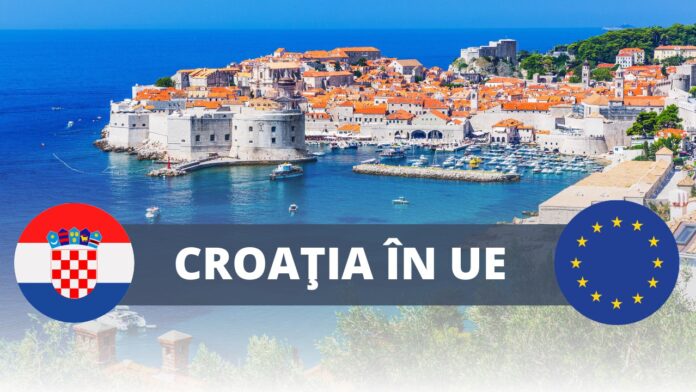Croatia is the ‘birthplace’ of neckties and is a country with a rich cultural heritage, developed tourism, and a diverse and friendly population. The country boasts more than 1000 islands in the Adriatic Sea and a fairly low crime rate. The country, with a population of almost 4 million, is known for its cheap living. Prices are, on average 10%-20% lower than in the rest of Europe.
After gaining independence in 1991, Croatia began to make its first steps towards the European Union. Negotiations lasted more than ten years. The country joined the EU on 1 July 2013, making it the 28th EU member state.
Ten years later, on 1 January 2023, Croatia adopted the euro and joined the Schengen area. Immediately, all controls at Croatia’s land borders with Slovenia and Hungary, and its sea borders with Italy, were lifted. Croatia abolished 73 land border crossing points and 12 seaport crossing points.
Speaking of GDP, in 2013, the year of accession, it was around €43 billion. By 2022, the figure has almost doubled. In 2013, a Croatian citizen earned an average gross monthly salary of around €730. It has risen to 1,200 in 2022. This growth is partly due to foreign direct investment (FDI), which increased from half a billion euros in 2013 to almost five billion euros in 2022.
FOR THE MOST IMPORTANT NEWS, FOLLOW US ON TWITTER!
This article is part of the campaign launched by the REALITATEA Press Group: ‘Moldova Chooses Europe,’ in which we tell the story of the path EU Member States have traveled in the process of European integration and the economic growth recorded as a result of accession.



